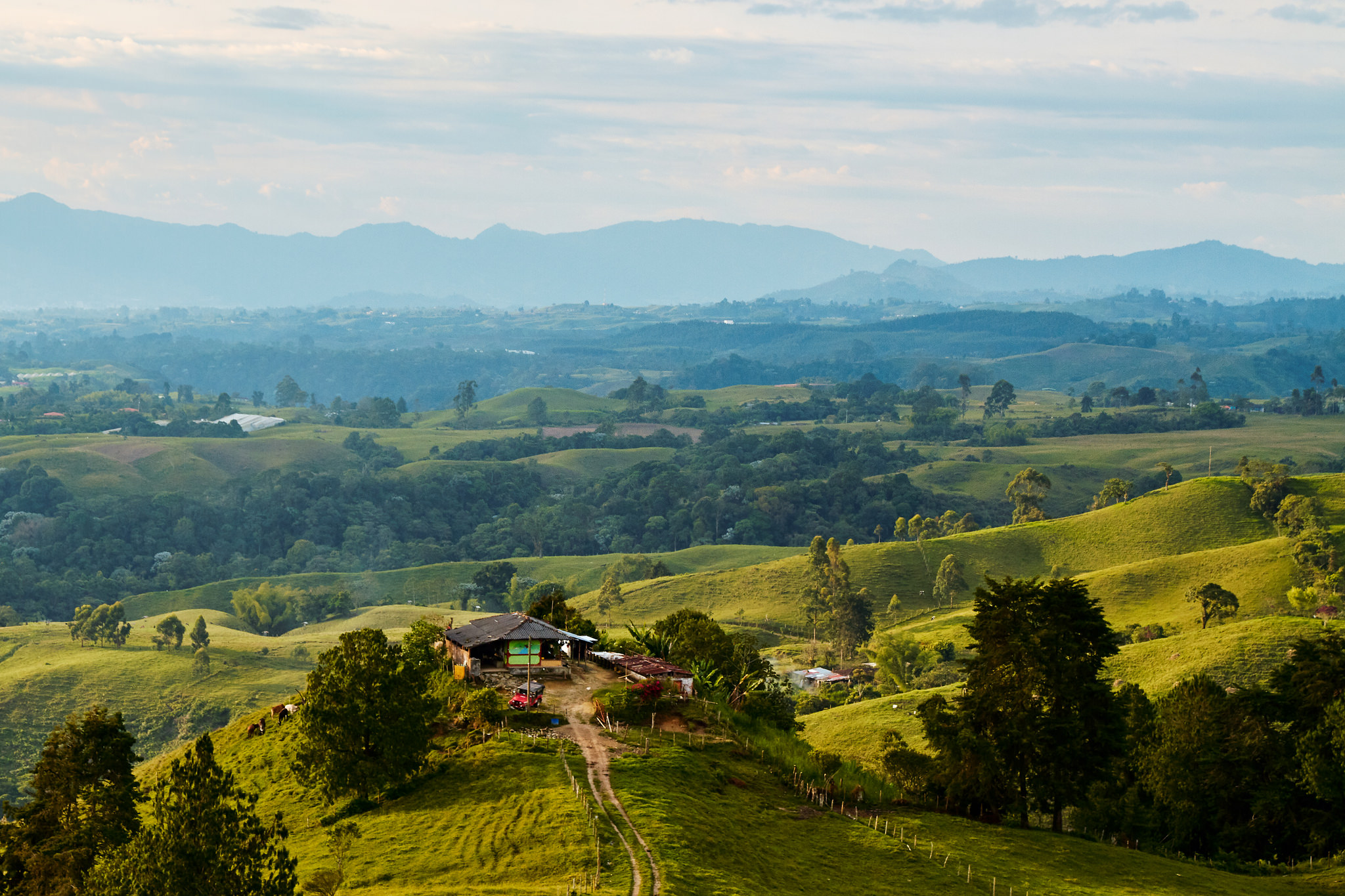Guest post by David E. Cunningham

Recent events in Burundi, where President Pierre Nkurunziza’s decision to seek a third term led to large protests and an unsuccessful coup attempt, bring up important questions about peace-building in post-conflict settings. Burundi is an interesting case because the international community devoted significant effort to resolving the 1991-2008 civil war there and to peace-building in its aftermath. International recognition of the costs of failure to respond to the 1994 Rwandan genocide and the continued growth of a large conflict resolution industry meant that for the last several years Burundi has received an impressive amount of attention from international organizations, prominent national leaders, non-governmental organizations, and academics.
Taking into account the recent turmoil, is Burundi a success story? This is a complicated question. A large body of academic literature has demonstrated that international action can promote peace-building in a variety of ways. Peacekeeping prolongs ceasefires and leads to a decrease in both battlefield casualties and civilian targeting. Mediation shortens wars and makes negotiated settlement more likely. While there is some debate, academic evaluations of international peace-building efforts are quite positive.
These important studies, however, tend to evaluate the success of some international action on one specific metric—whether that be the duration of ceasefires, the implementation of a negotiated settlement, a decline in civilian targeting, a decrease in ethnic tensions, democratization, or economic growth. However, post-conflict scenarios are complicated and may see movement in different directions on these different dimensions.
The 1991-2008 civil war in Burundi resulted from major ethnic divisions. Since independence in 1960, Burundian politics had been dominated by the minority Tutsi, with political, economic, and military power centralized in Tutsi hands. Ethnic tension led to large-scale massacres and the long civil war resulted in hundreds of thousands of deaths.
Since the end of the civil war in 2008, however, ethnic tensions have declined dramatically. Burundi’s political and military leadership now include both Hutu and Tutsi in high positions of power. Indeed, given Burundi’s history, one of the surprising elements of the unsuccessful coup was the lack of an ethnic dimension to it.
This decrease in ethnic tensions is likely a large reason that peace has proven quite stable in Burundi, despite the turmoil there now. We know that the years following the end of civil wars are fragile and prone to the re-emergence of large-scale violence. This has not, as of yet, happened in Burundi.
So, looking at levels of ethnic tension and the stability of post-conflict peace, Burundi is a success story. Yet, on other dimensions things look much less positive. Burundi remains astoundingly poor and the population is little better off economically than they were during the war. Political opponents of the regime are assassinated, corruption is rampant, and human rights abuses are common. Paramilitaries backed by the ruling party train in neighboring DRC and patrol the country. From this perspective, Burundi’s “success” in post-conflict peace-building is less clear.
Burundi is by no means unique in this regard in post-conflict settings. Its northern neighbor, Rwanda, emerged from genocide in 1994 and is remarkably stable. The last two decades have seen very impressive economic growth, corruption is relatively managed, and security is enforced throughout the borders. At the same time, the government of Paul Kagame is strongly autocratic, its human rights record is terrible, and the Rwandan military has repeatedly stoked violence in eastern DRC, leading to tens of thousands of deaths and threatening regional stability.
Uganda, likewise, emerged from terrible civil war in the 1970s and 1980s to impressive economic growth and has defeated or pushed the remaining rebel groups out of its territory. However, the country is far from democratic—its leader, Yoweri Museveni, has ruled for nearly three decades and will almost certainly be re-elected president in 2016 in elections likely to be rampant with fraud.
So, are these post-conflict cases “successes?” On average, I think the answer is yes. If, with the aid of a time machine, we could go back and survey experts on Uganda, Rwanda, and Burundi at the height of those countries’ civil wars about where they would be in 2015, few if any would predict the level of stability they now experience.
Yet, the flaws in peace-building in these cases are also very real, as the current turmoil in Burundi demonstrates. Research on the effects of international peace-building efforts would do well to focus on a broader set of outcomes to more fully judge their effect. This could lead to more nuanced understanding of whether and how various international actions “work” at building peace.
David E. Cunningham is an Assistant Professor in the Department of Government and Politics at the University of Maryland.








5 comments
Reblogged this on Tana Daily Telegraph and commented:
“…Burundi is by no means unique in this regard in post-conflict settings…” – original author
Reblogged this on Refugee Archives @ UEL.
Also, disarmament is a huge issue, as are existing stockpiles and the availability of weapons:
https://politicalideasandeducation.wordpress.com/2015/05/26/how-do-small-guns-cause-big-international-problems/